

Articles
How Long In Dryer To Kill Bed Bugs
Modified: February 21, 2024
Discover how long it takes to effectively kill bed bugs in the dryer. Read our informative articles and get expert tips on eradicating these pests from your home.
(Many of the links in this article redirect to a specific reviewed product. Your purchase of these products through affiliate links helps to generate commission for Storables.com, at no extra cost. Learn more)
Introduction
Bed bugs are a persistent pest problem that can infest homes and cause discomfort to those unfortunate enough to experience an infestation. These small, reddish-brown insects feed on the blood of humans and animals, and their bites can result in itchy welts and sleepless nights.
Fortunately, there are various methods available to effectively eliminate bed bugs from your home. One commonly recommended approach is to use a dryer to kill bed bugs. This method relies on the application of high heat to eradicate these pests.
In this article, we will provide you with a comprehensive guide on how long to use a dryer to kill bed bugs and share best practices to ensure success. We will also address some potential challenges and considerations associated with this method and explore alternative strategies for eliminating bed bugs.
So, if you’re dealing with a bed bug infestation and are considering using a dryer as a solution, read on to learn more about this effective approach.
Key Takeaways:
- Using a dryer to kill bed bugs is effective when items are exposed to high heat for at least 30 minutes, ensuring the pests and their eggs are eradicated. However, it’s crucial to inspect for remaining signs of infestation.
- While the dryer method is valuable, it may not be suitable for all items or severe infestations. Combining multiple strategies and seeking professional assistance can provide the best chances of eliminating bed bugs.
Read more: How To Kill A Bed Bug
Understanding Bed Bugs
Before delving into how to use a dryer to kill bed bugs, it’s important to have a basic understanding of these pesky insects. Bed bugs are small, flat, oval-shaped insects that flourish in warm environments, particularly mattresses, upholstered furniture, and cracks and crevices in walls and floors.
These nocturnal creatures are attracted to human and animal blood and typically feed on their hosts while they sleep. While their bites are generally painless, they can cause itchy welts and allergic reactions in some individuals.
Bed bugs are resilient pests that reproduce rapidly, making them a particularly troublesome infestation to eradicate. They can survive for months without feeding and can hide in the tiniest of cracks and crevices, making detection and elimination challenging.
It’s important to note that bed bug infestations are not indicative of poor hygiene or cleanliness. These pests can be easily transported through luggage, clothing, furniture, and other items, making even the cleanest of environments susceptible to infestations.
Now that we have a better understanding of bed bugs and their behavior, let’s explore the use of a dryer as a method to eliminate these pests.
Overview of Dryer Method
The dryer method is a popular and effective approach for killing bed bugs. The high heat generated by the dryer can effectively exterminate both adult bed bugs and their eggs, making it a valuable tool in the battle against these persistent pests.
The concept behind the dryer method is simple: exposing bed bugs to temperatures that they cannot survive. The high heat effectively dehydrates and kills the bugs, ensuring their complete eradication.
To use the dryer method, you will need to gather all items that may be infested with bed bugs, such as clothing, bedding, pillows, stuffed animals, and any other washable fabrics. It is important to remove any non-washable items from the infested area, as they may require alternative treatment methods.
Once you’ve gathered the infested items, place them in a plastic bag to prevent any potential spread of the pests. It’s crucial to seal the bag tightly to contain the bed bugs and prevent them from escaping.
Next, take the sealed bag with the infested items and transfer it directly to the dryer. Set the dryer on the highest heat setting available, typically around 120°F to 140°F (49°C to 60°C). This high temperature is necessary to ensure the elimination of both adult bed bugs and their eggs.
It is recommended to run the dryer for a minimum of 30 minutes at the highest heat setting. However, for added assurance, you may choose to extend the drying time to an hour or more. The longer the exposure to high heat, the greater the likelihood of complete eradication.
Once the items have been thoroughly dried, remove them from the dryer and inspect them for any remaining signs of bed bugs. Look for any live bugs, eggs, or fecal stains, which are small black dots resembling pepper.
If you don’t find any signs of bed bugs, it’s safe to assume that the items are free of infestation. However, if you do find evidence of bed bugs, it may be necessary to repeat the drying process or consider alternative methods to eliminate the infestation.
Now that we have an overview of the dryer method, let’s explore the specific temperature and time requirements for effective bed bug elimination.
Temperature and Time Requirements
When using a dryer to kill bed bugs, it’s important to ensure that the items reach a temperature that is lethal to these pests. Bed bugs and their eggs are unable to survive temperatures above 113°F (45°C).
Most dryers have heat settings that range from low to high, with the high setting typically reaching temperatures between 120°F and 140°F (49°C to 60°C). To effectively kill bed bugs, it is crucial to set the dryer to the highest heat setting available.
When it comes to the duration of heat exposure, a minimum drying time of 30 minutes is recommended to ensure effective eradication of both bed bug adults and their eggs. However, for added peace of mind, running the dryer for an hour or longer may provide better results, especially for heavily infested or larger items.
It’s worth noting that the temperature inside the dryer may vary. To ensure an accurate measurement, it is recommended to use a thermometer to check the temperature at various points within the dryer. This will help ensure that the desired temperature is maintained throughout the drying process.
Additionally, it’s important to treat the drying process as part of a comprehensive bed bug eradication plan. Simply relying on the dryer method alone may not completely eliminate the infestation. It’s essential to combine this method with other strategies such as thorough cleaning, vacuuming, and potentially using insecticides or hiring professional pest control services.
Now that we understand the temperature and time requirements for using a dryer to kill bed bugs, let’s explore some best practices to maximize the effectiveness of this method.
To effectively kill bed bugs in the dryer, it is recommended to run the dryer on high heat for at least 30 minutes. This will ensure that the heat penetrates the items and eliminates any bed bugs and their eggs.
Best Practices for Using Dryer to Kill Bed Bugs
When using a dryer as a method to kill bed bugs, it’s important to follow some best practices to ensure maximum effectiveness. Here are some tips to help you make the most out of this method:
- Separate infested items: Keep infested items separate from non-infested ones to prevent the spread of bed bugs. Place infested items in sealed plastic bags before transferring them to the dryer.
- Check label instructions: Before placing any item in the dryer, check its label for any specific temperature or drying instructions. Some delicate or sensitive materials may require lower heat settings to avoid damage.
- Pre-treat items if necessary: If you’re dealing with heavily infested items or items with tough stains, consider pre-treating them before placing them in the dryer. This can involve spot cleaning or using appropriate stain removers.
- Thoroughly clean the dryer: Before and after using the dryer to kill bed bugs, make sure to clean the lint trap and any other areas that may collect debris. This will help maintain the efficiency of the dryer and prevent any potential fire hazards.
- Inspect items after drying: Once the items have gone through the drying cycle, inspect them carefully for any signs of remaining bed bugs. Look for live bugs, shells, eggs, or fecal stains. If any signs are found, consider re-drying the items or seeking alternative treatment methods.
- Monitor for re-infestation: Even after using the dryer method, it’s important to remain vigilant for any signs of bed bug re-infestation. Regularly inspect your sleeping area, furniture, and other potential hiding spots to catch any early signs of a new infestation.
By following these best practices, you can increase the effectiveness of using a dryer to kill bed bugs and improve your chances of completely eliminating these pesky pests from your home.
While the dryer method can be highly effective, it’s important to be aware of potential challenges and considerations to ensure successful bed bug eradication. Let’s explore these in the next section.
Read more: How To Kill Bed Bugs On A Mattress
Potential Challenges and Considerations
While using a dryer to kill bed bugs can be an effective method, there are some potential challenges and considerations to keep in mind:
- Non-washable items: Not all items can be safely placed in a dryer, especially those that are not washable or can be damaged by high heat. These items may require alternative treatment methods such as steam cleaning or professional pest control services.
- Heat tolerance of items: Some delicate fabrics or items with embellishments may not withstand high heat and may be damaged or shrink in the dryer. Always check the care instructions on the labels of your items before subjecting them to high temperatures.
- Large or bulky items: Larger items like mattresses or furniture may require professional heating treatments as they may not fit inside a standard dryer. In such cases, consult with pest control professionals who can use specialized equipment to treat these items effectively.
- Hidden infestations: Bed bugs are adept at hiding in cracks, crevices, and other hard-to-reach areas. While the dryer method is effective for treating infested items, it may not eliminate bed bugs hiding in walls, floorboards, or electrical outlets. Comprehensive treatment strategies may be necessary to address hidden infestations.
- Re-infestation: The dryer method can kill live bed bugs and their eggs on infested items, but it does not provide long-term protection against re-infestation. Bed bugs can easily be reintroduced into the environment through other means, such as infested furniture or clothing. It’s essential to continue monitoring for any signs of re-infestation and take preventive measures to avoid future infestations.
It’s also important to note that while the dryer method can be effective in eliminating bed bugs, it may not be sufficient as a standalone solution for severe infestations. In such cases, it’s advisable to consult with professional pest control services who can provide comprehensive treatments tailored to your specific situation.
Now that we’ve explored the potential challenges and considerations, let’s delve into some alternative methods for eliminating bed bugs.
Alternative Methods for Eliminating Bed Bugs
While the dryer method is effective for treating infested items, there are alternative methods available for eliminating bed bugs and addressing severe infestations. Here are a few options to consider:
- Steam treatments: Using a steam cleaner with high heat can effectively kill bed bugs and their eggs. The steam penetrates into cracks and crevices, reaching areas that may be difficult to access with other methods. However, it’s important to use caution and follow safety guidelines when using steam treatments.
- Insecticides: There are a variety of insecticides available for bed bug control. These chemicals can be used as sprays, dusts, or aerosols and are designed to kill bed bugs on contact. It’s crucial to carefully read and follow the instructions on the label and consider consulting with professional pest control services for appropriate use.
- Freezing: Extreme cold temperatures can also kill bed bugs. This method involves placing infested items in sealed plastic bags and placing them in a freezer for several days. However, it’s important to ensure that the temperature remains consistently below 0°F (-18°C) throughout the entire duration to ensure effective elimination.
- Professional extermination: For severe infestations or if other methods have proven unsuccessful, it may be necessary to seek professional pest control services. These professionals have the expertise and specialized equipment to effectively treat and eliminate bed bugs in your home.
- Preventive measures: Taking preventive measures can help minimize the risk of bed bug infestations. Some preventive steps include regularly inspecting your bedding and furniture, using protective covers on mattresses and pillows, and being cautious when bringing secondhand furniture or clothing into your home.
It’s important to note that no single method can guarantee complete eradication of bed bugs. Combining multiple strategies and seeking professional assistance when necessary can provide the best chances of eliminating these persistent pests.
Now that we’ve explored alternative methods, let’s conclude our article.
Conclusion
Dealing with a bed bug infestation can be a frustrating and stressful experience. However, using a dryer as a method to kill bed bugs can be a highly effective approach when applied correctly. The high heat generated by the dryer can eliminate both adult bed bugs and their eggs, helping to eradicate these pests from your home.
When using the dryer method, it is important to set the highest heat setting available and run the dryer for at least 30 minutes, ensuring the items reach a temperature lethal to bed bugs. Following best practices like separating infested items, pre-treating if necessary, and inspecting for remaining signs of bed bugs can further enhance the effectiveness of this method.
However, it’s important to acknowledge that the dryer method may not be suitable for all items or severe infestations. Some materials may be damaged by high heat, and hidden infestations in walls or other areas may require additional treatment methods. In such cases, seeking professional pest control services can offer comprehensive solutions.
Additionally, it’s crucial to remain vigilant for any signs of re-infestation and take preventive measures to minimize the risk of future infestations. Regularly inspecting your surroundings, practicing good hygiene, and being cautious with secondhand items can help prevent a bed bug infestation from occurring.
Remember, complete elimination of bed bugs may require a combination of methods and patience. If you find yourself struggling with a severe infestation or are unsure how to proceed, consulting with professional pest control services is always a wise choice.
By understanding how to effectively use a dryer and considering alternative methods when necessary, you can take proactive steps to protect your home and ensure a bed bug-free environment.
So, if you’re faced with a bed bug infestation, consider harnessing the power of the dryer method along with other strategies to reclaim your home from these pesky pests.
Frequently Asked Questions about How Long In Dryer To Kill Bed Bugs
Was this page helpful?
At Storables.com, we guarantee accurate and reliable information. Our content, validated by Expert Board Contributors, is crafted following stringent Editorial Policies. We're committed to providing you with well-researched, expert-backed insights for all your informational needs.
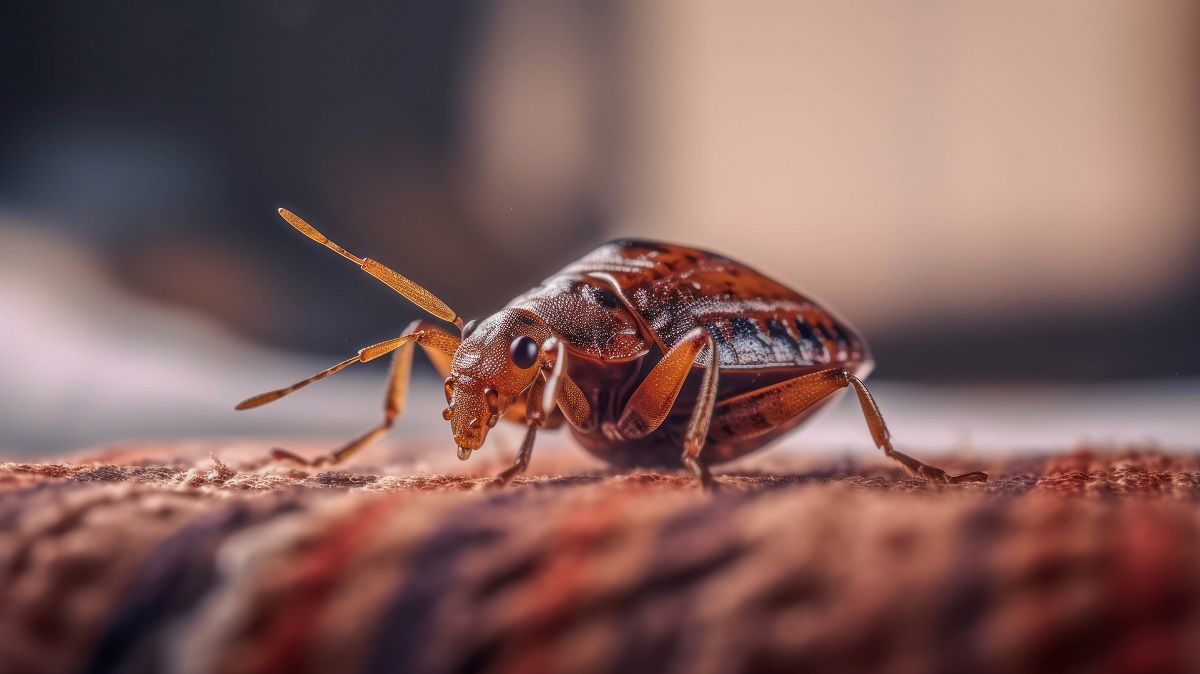
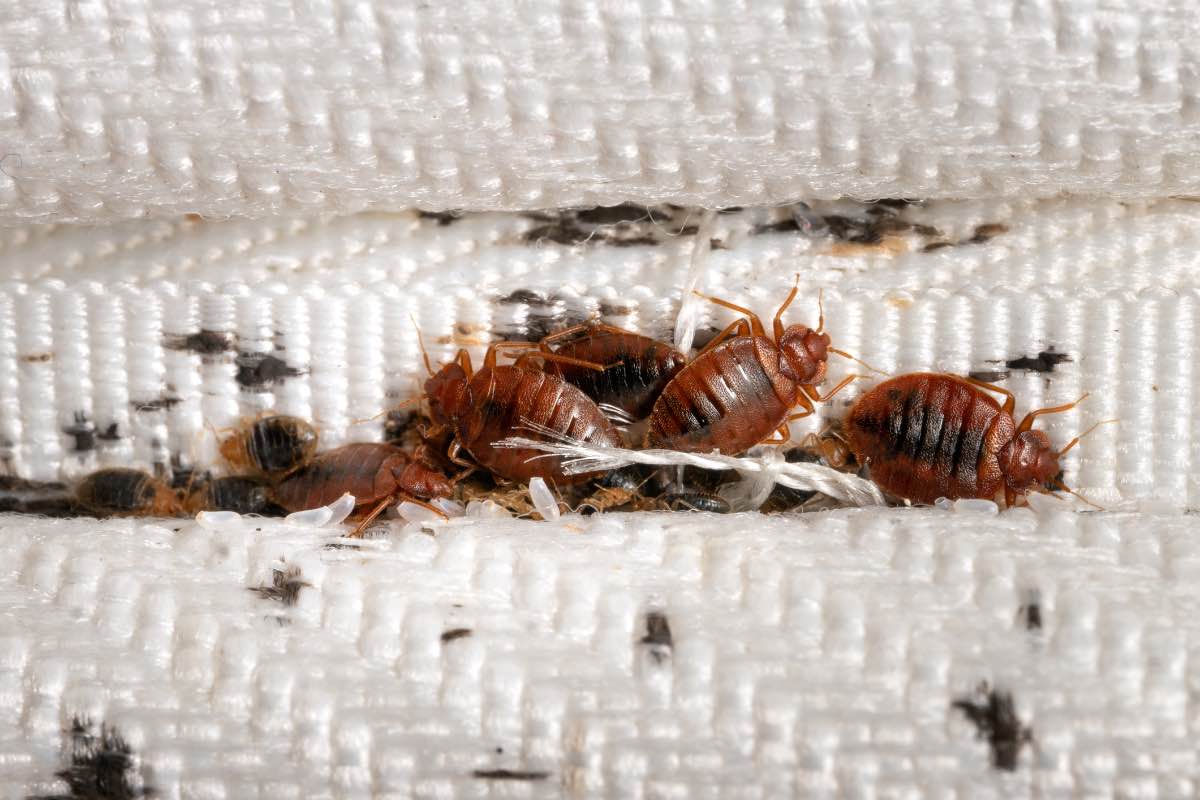
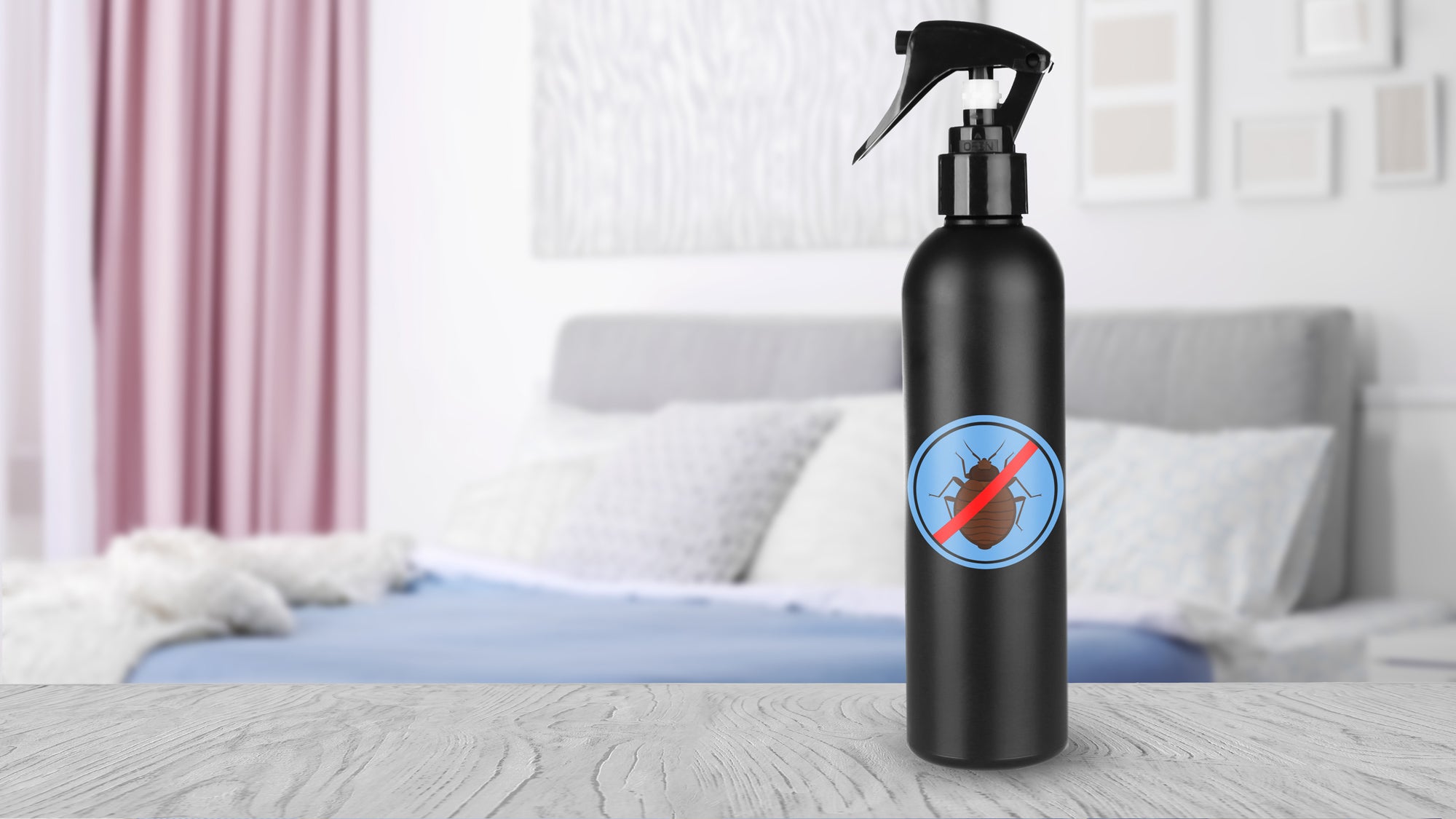
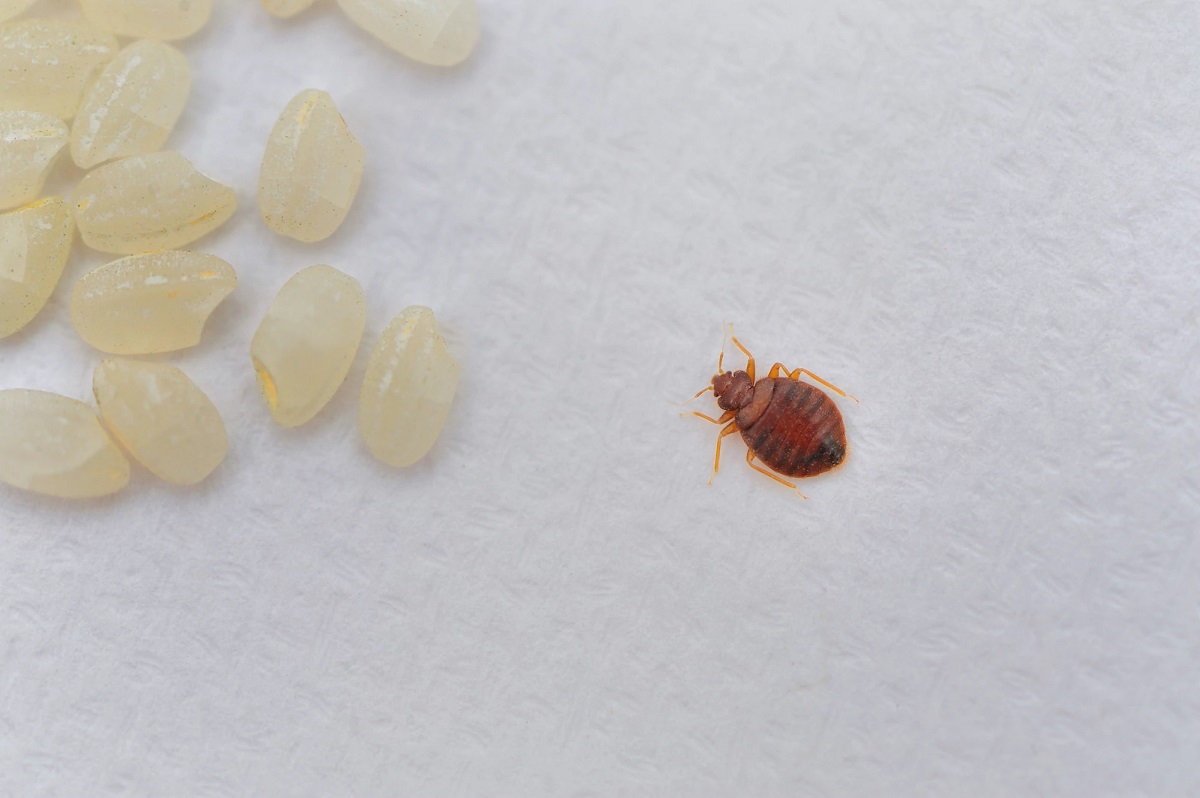
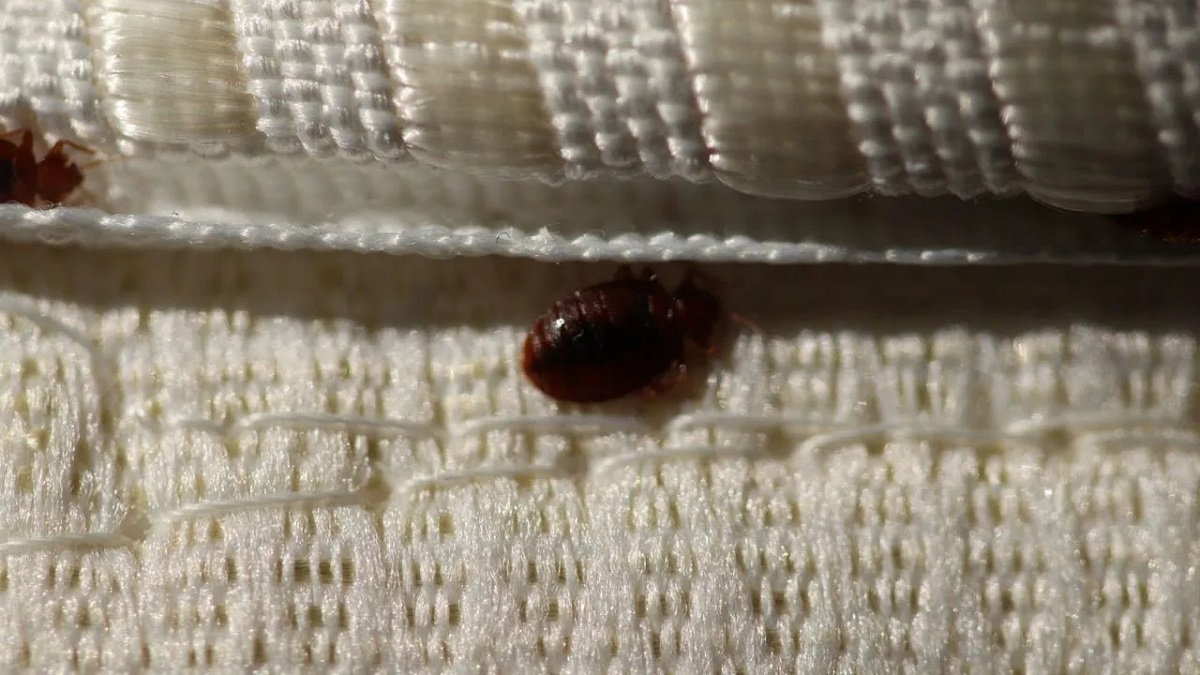
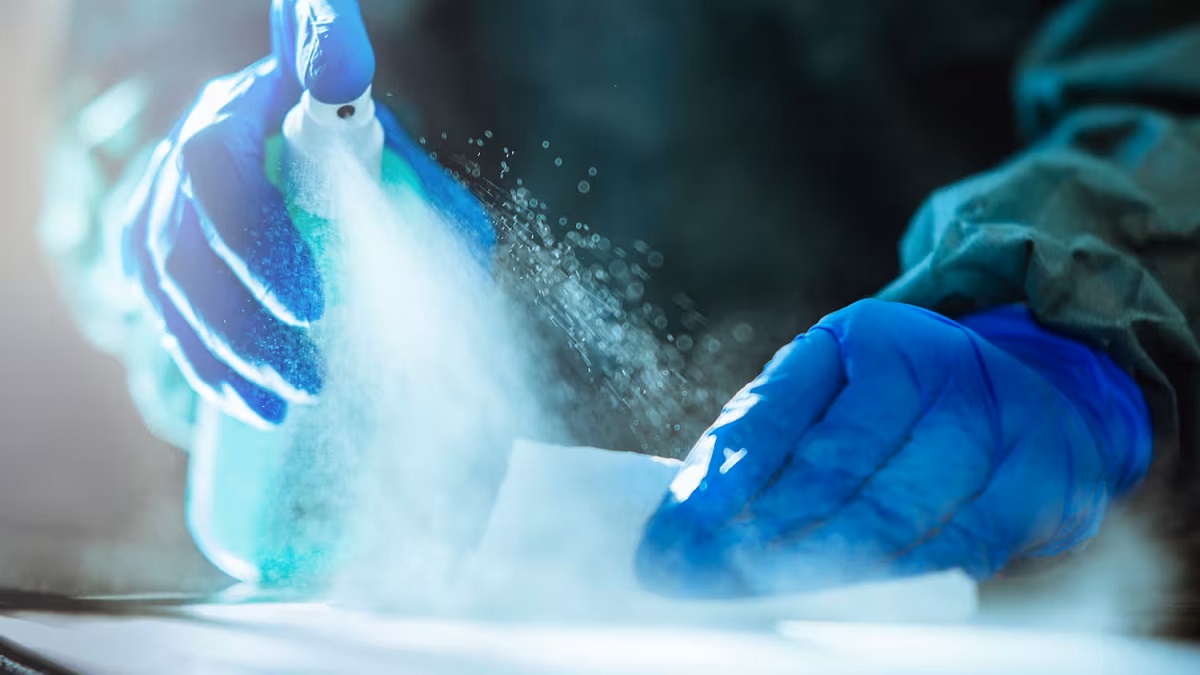
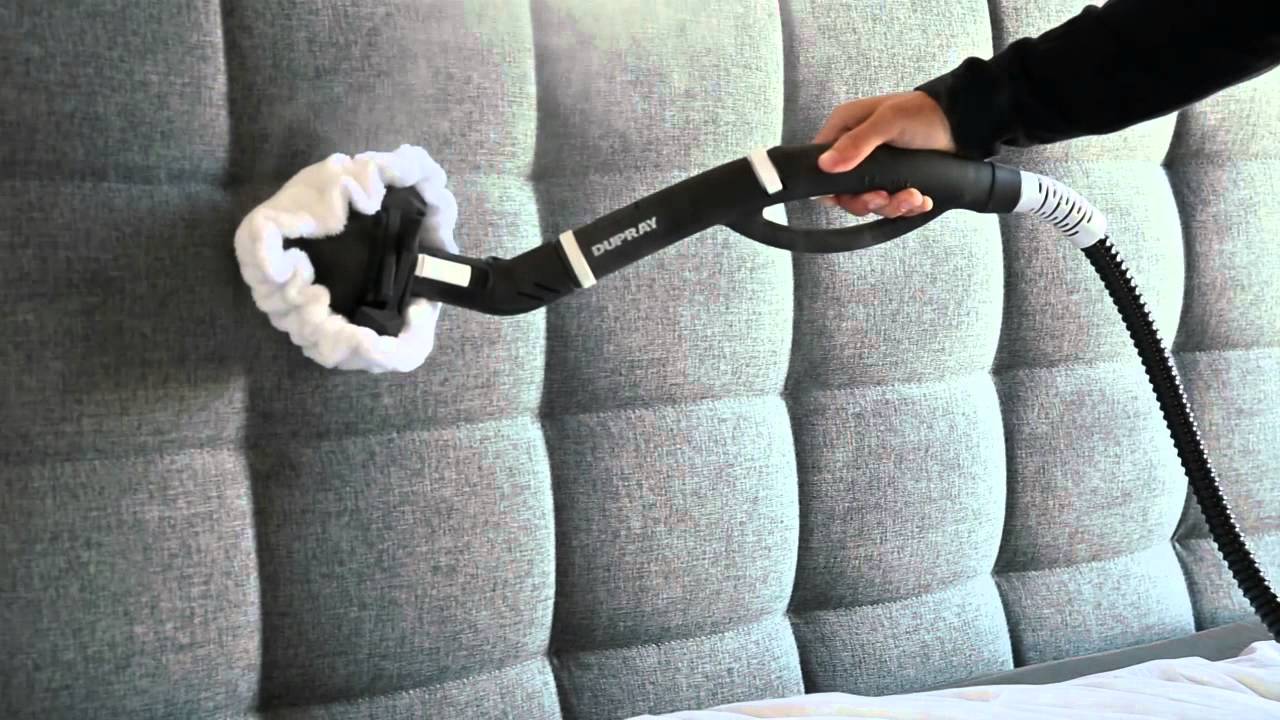

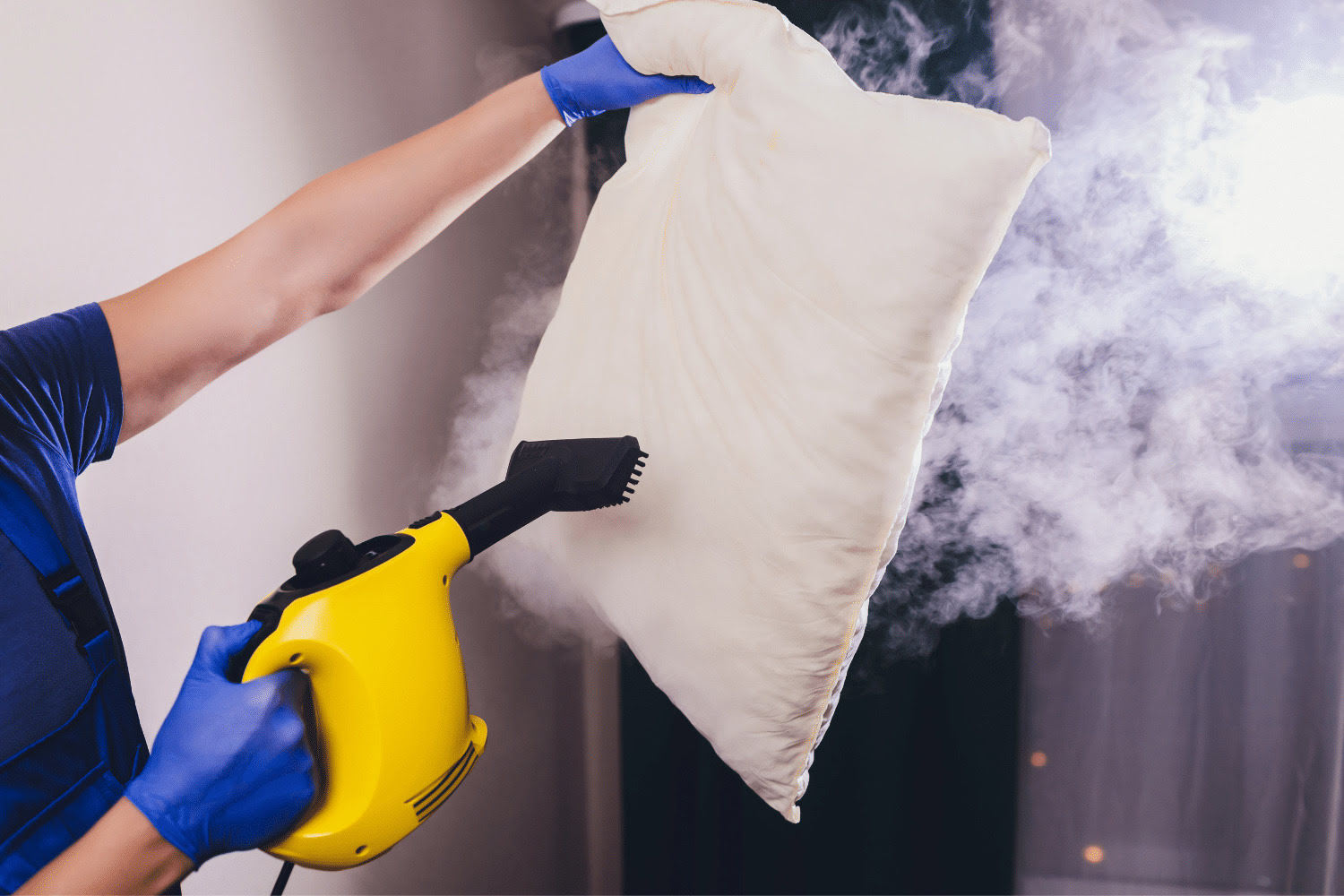
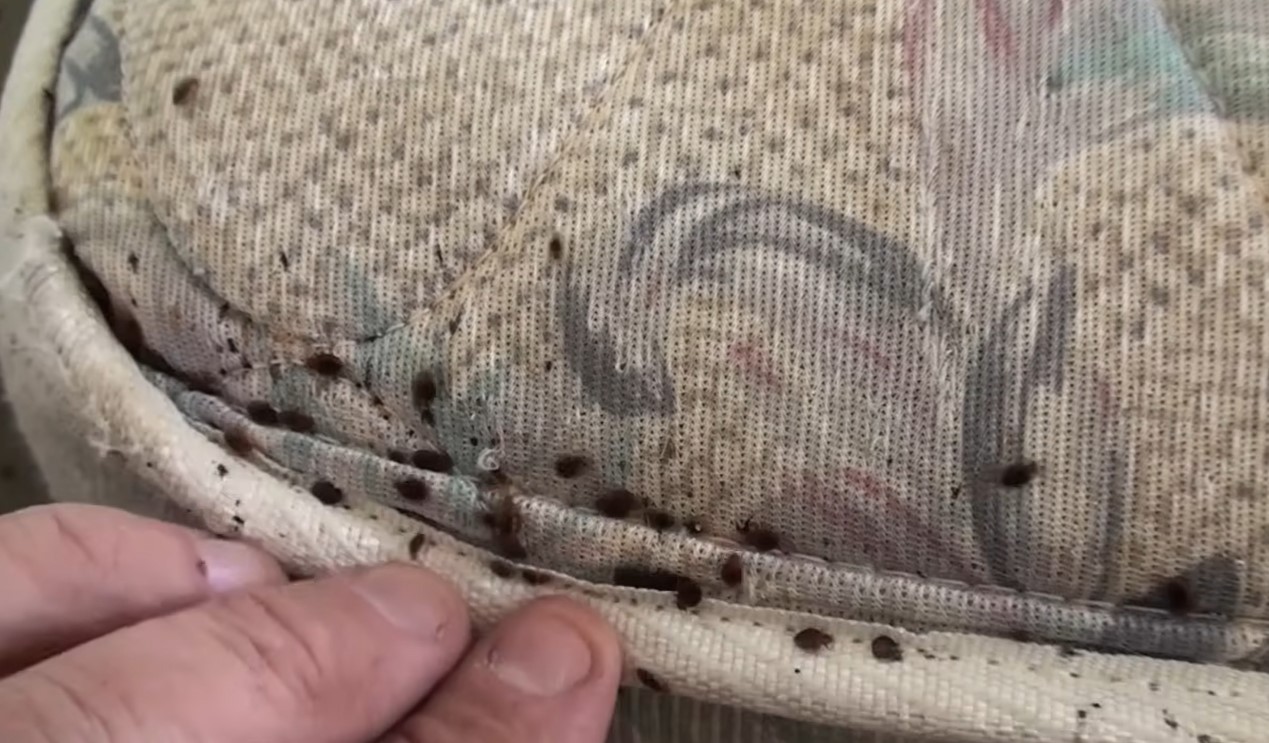
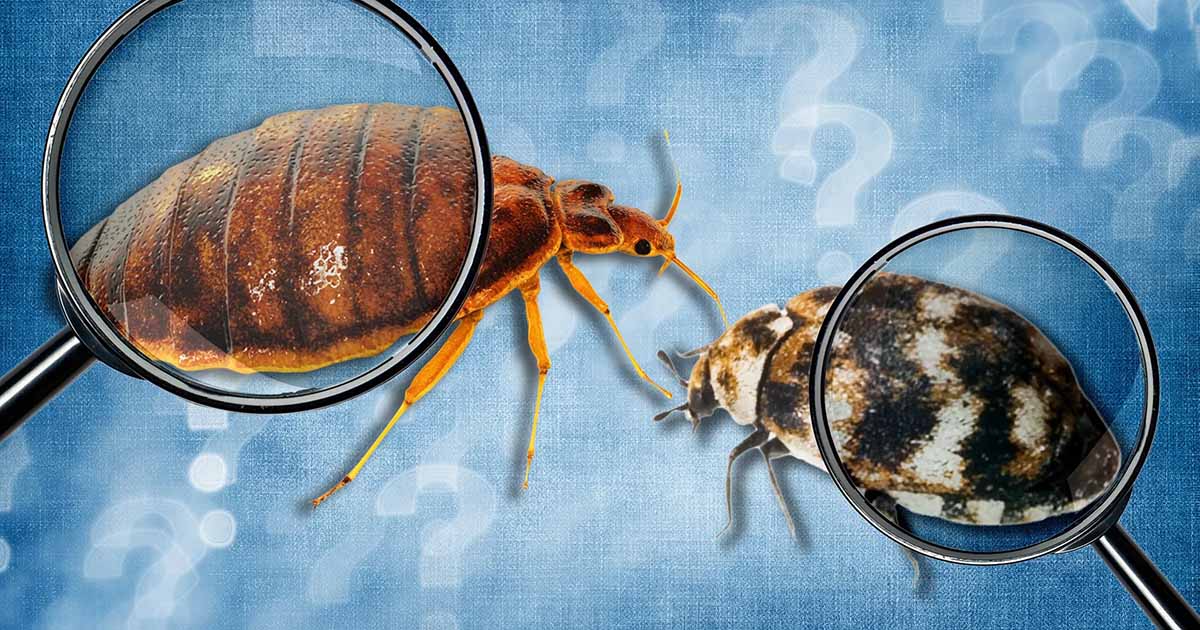
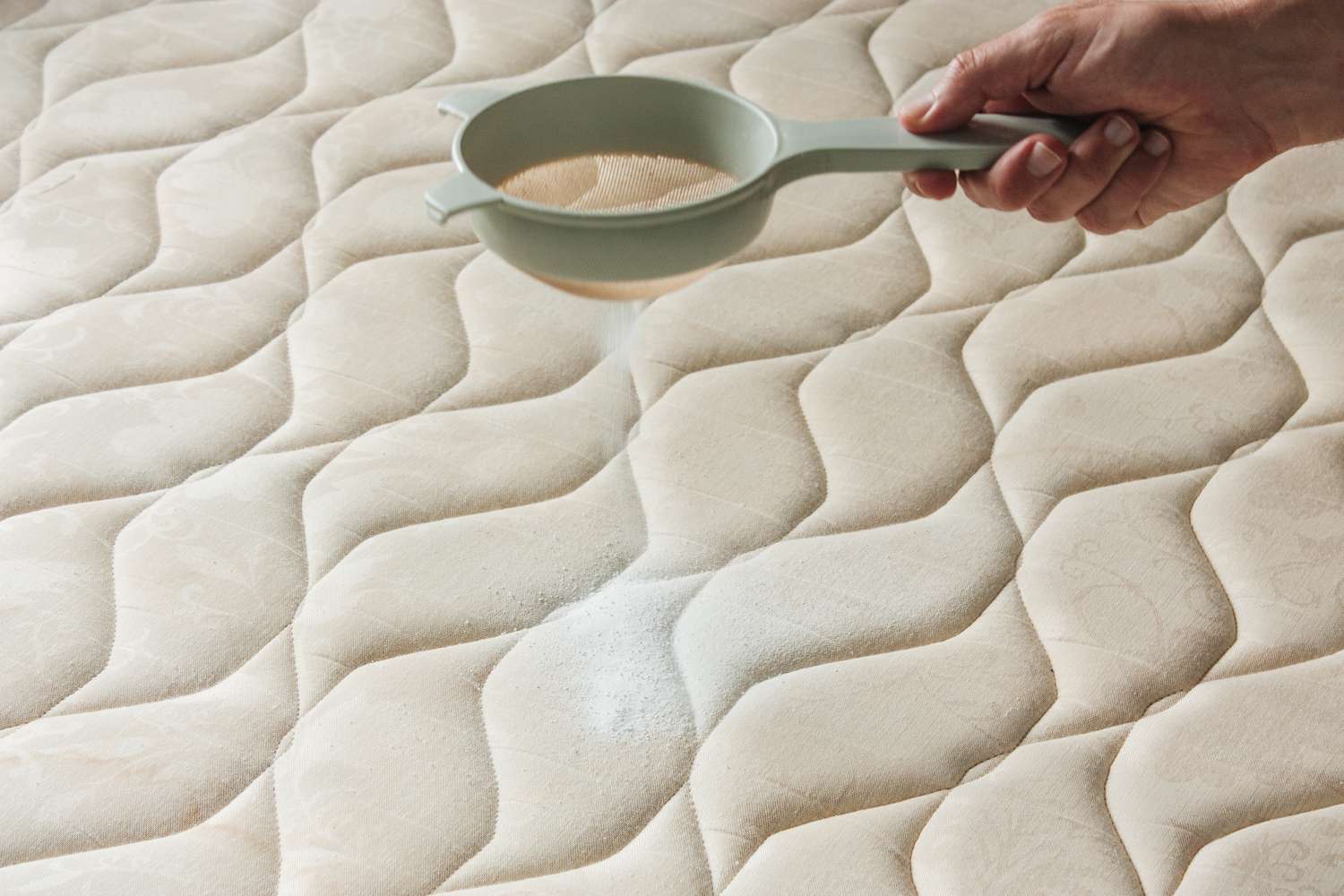
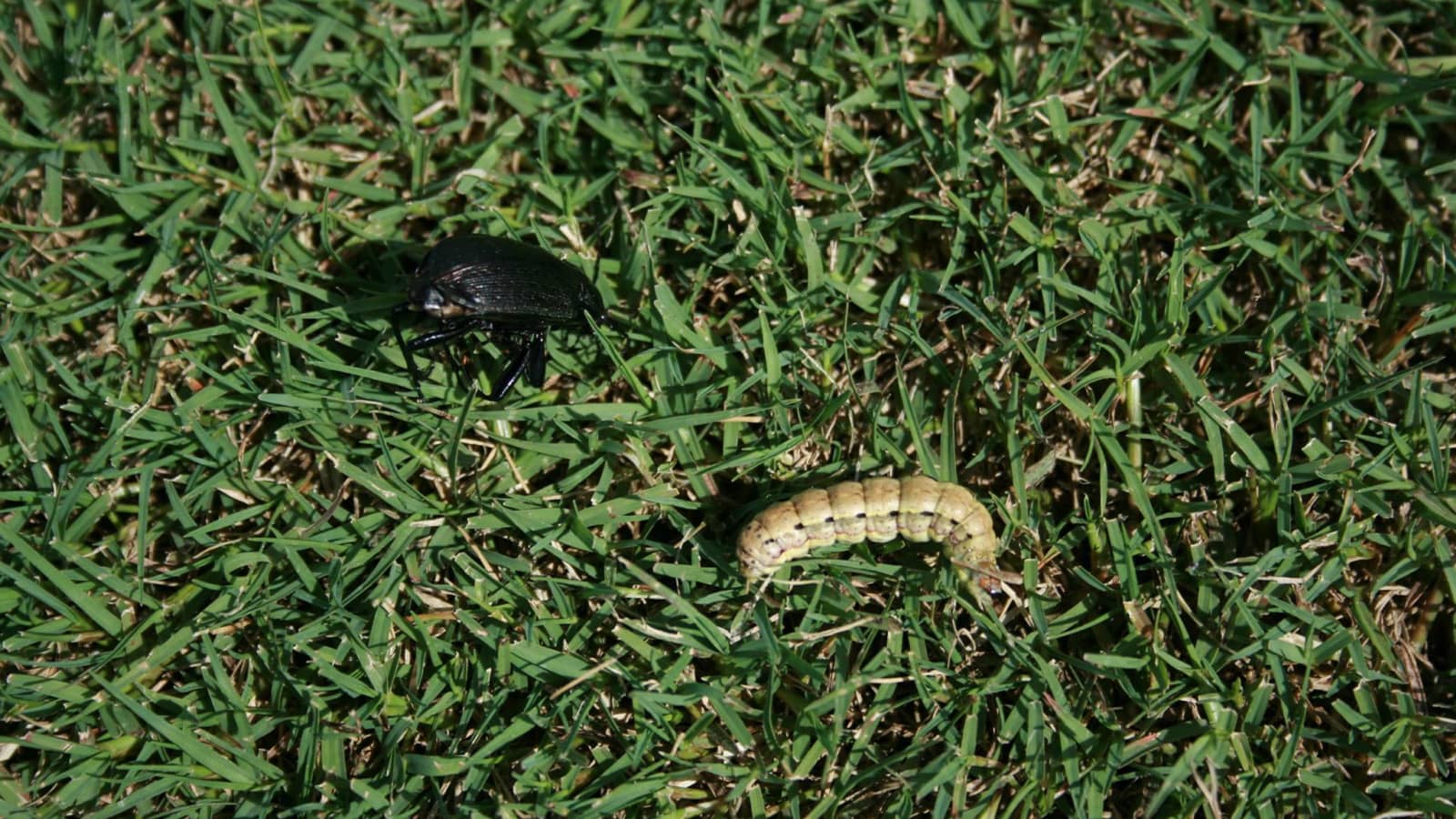
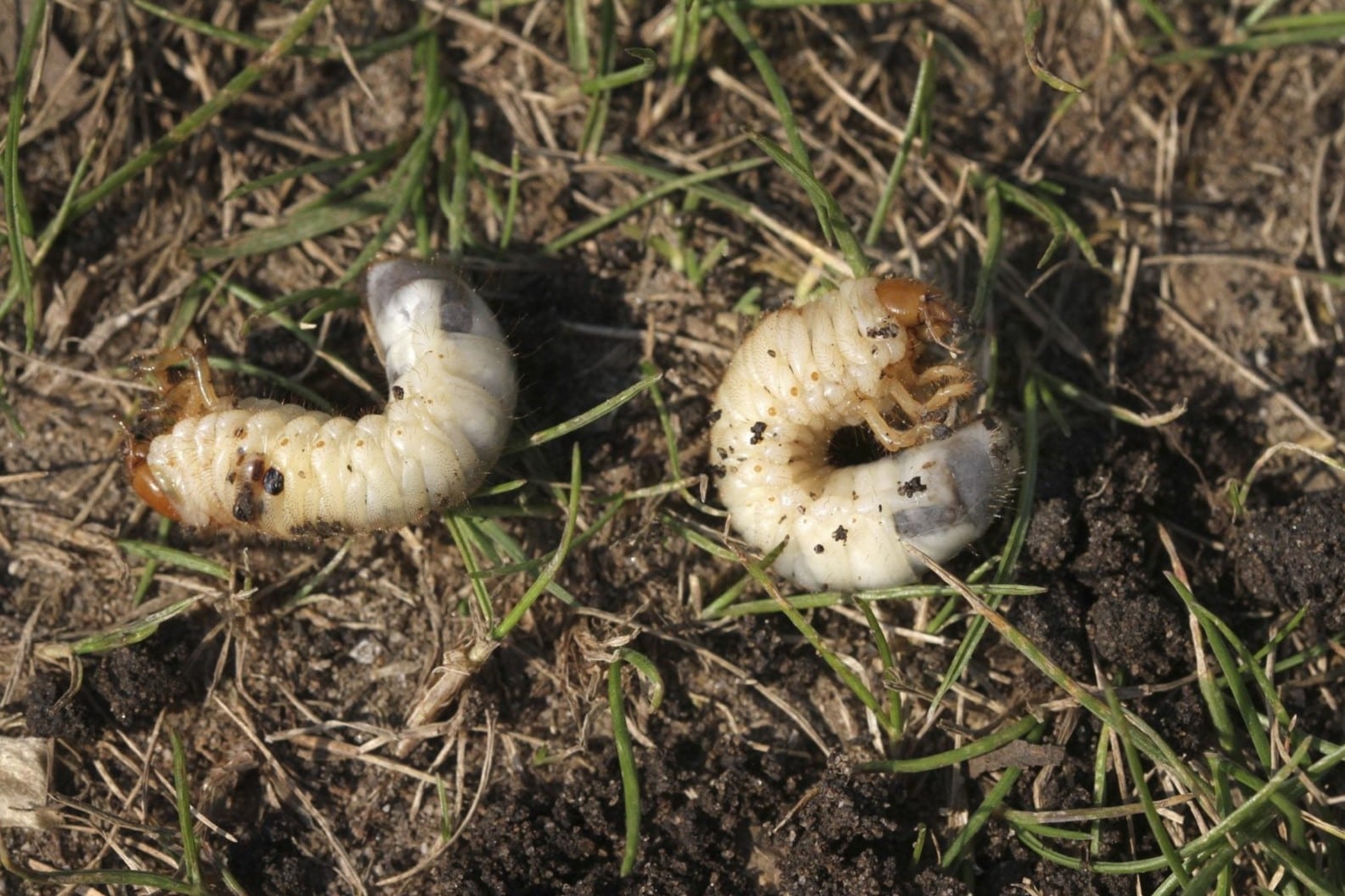

0 thoughts on “How Long In Dryer To Kill Bed Bugs”